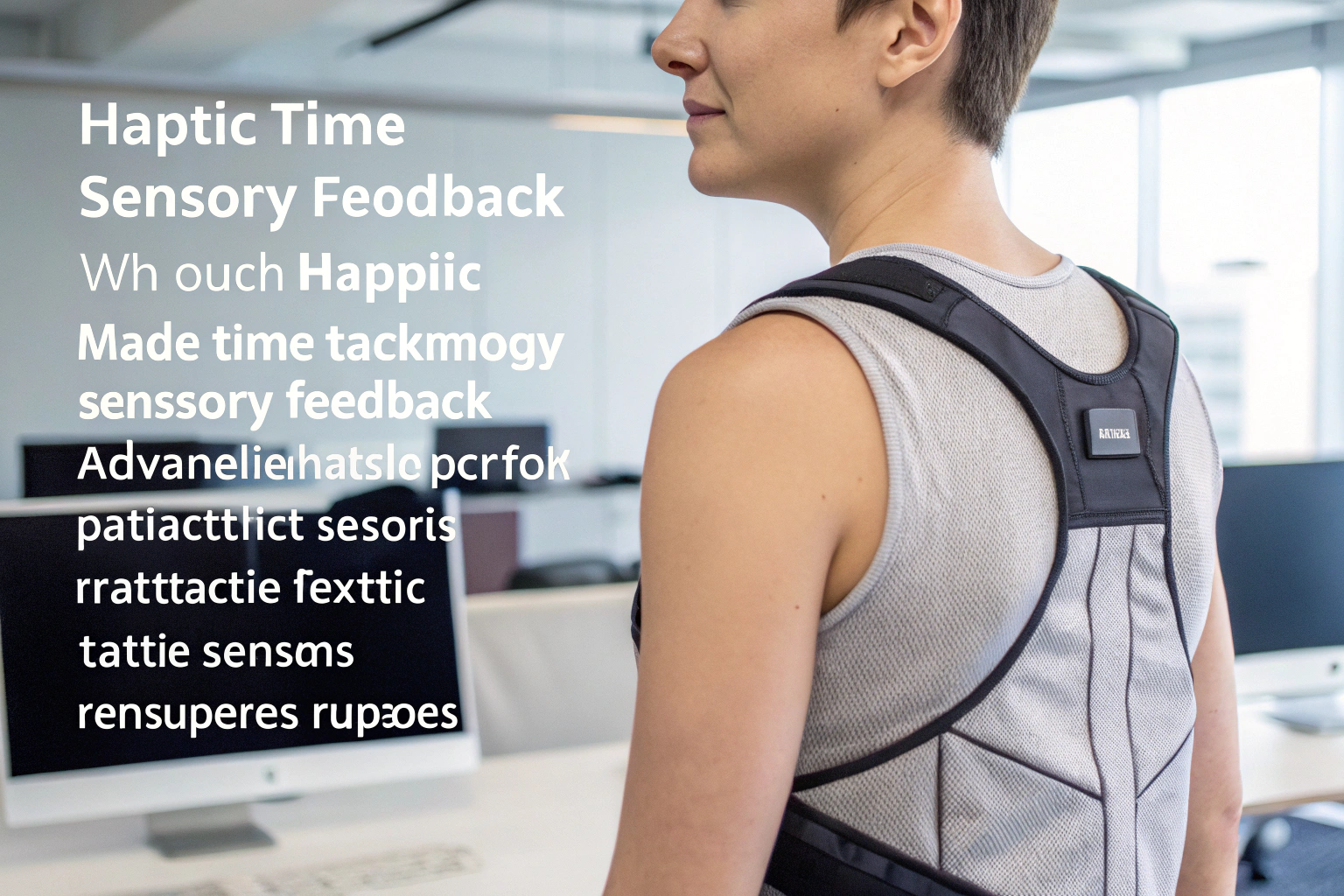Wearable technology is no longer just about fitness trackers or smartwatches. It's entering the realm of real-time sensory feedback—transforming how we interact with devices through haptic feedback fabrics. But here lies the challenge: How do you choose a textile that’s comfortable, durable, and also responsive to vibration, pulse, or tactile stimuli?
The best fabrics for haptic feedback in wearables are those that combine comfort, flexibility, conductivity, and durability—such as conductive knits, silver-plated yarns, and elastomeric blends.
If you’re a developer, brand buyer, or tech innovator seeking to scale wearable products, understanding which fabrics support precise, stable haptic feedback will save you from poor prototypes and user dissatisfaction. This article breaks down top choices based on real-world lab performance and sourcing viability.
Which Fabrics Offer Optimal Conductivity for Haptic Integration?
As haptic feedback depends on electrical impulses or actuators within the fabric, conductivity becomes the #1 priority. Traditional fabrics like cotton or polyester need to be modified or blended with conductive components.
Silver-coated knits, carbon-embedded fabrics, and conductive polymers are currently the most effective materials for ensuring stable, low-resistance electrical conductivity in wearables.
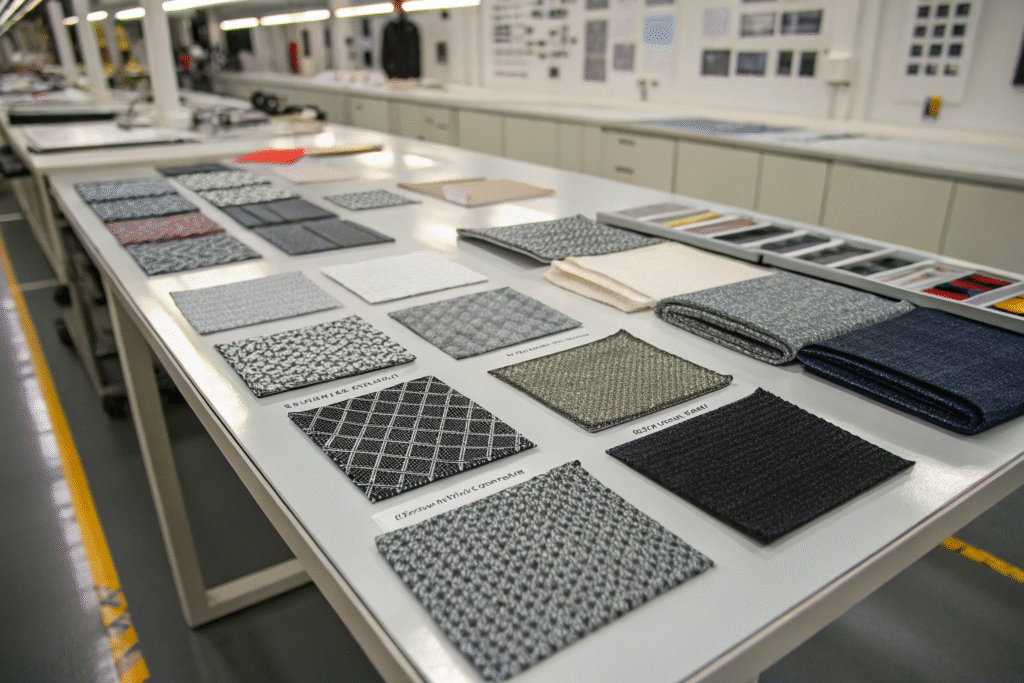
What Are the Advantages of Silver-Plated Nylon or Polyester?
Silver-plated textiles are the gold standard (pun intended) when it comes to wearable conductivity. They offer excellent electrical transmission, are skin-safe, and can be knitted or woven into elastic blends.
For example, Shieldex® Silver Fabrics are widely used in health sensors and heated garments. LessEMF’s conductive fabrics are also go-to solutions for prototyping soft circuits.
Can Carbon-Based Fabrics Be Used for Soft Actuators?
Yes. Fabrics infused with carbon nanotubes or graphene are ideal for soft robotics and localized vibration feedback due to their light weight and responsiveness.
Products like Graphene Tex™ or Zorflex® are used in flexible electronic apparel, where consistent conductivity and skin-conformance are essential.
How Important Is Stretch and Drape for Comfort in Smart Fabrics?
Conductivity alone isn’t enough—especially if the fabric is stiff or bulky. For wearable haptics, the drape, stretch, and recovery of the fabric will determine user comfort and sensor alignment.
Spandex blends, warp-knit jerseys, and bi-stretch fabrics allow embedded actuators or vibration motors to remain in contact with the skin during movement.
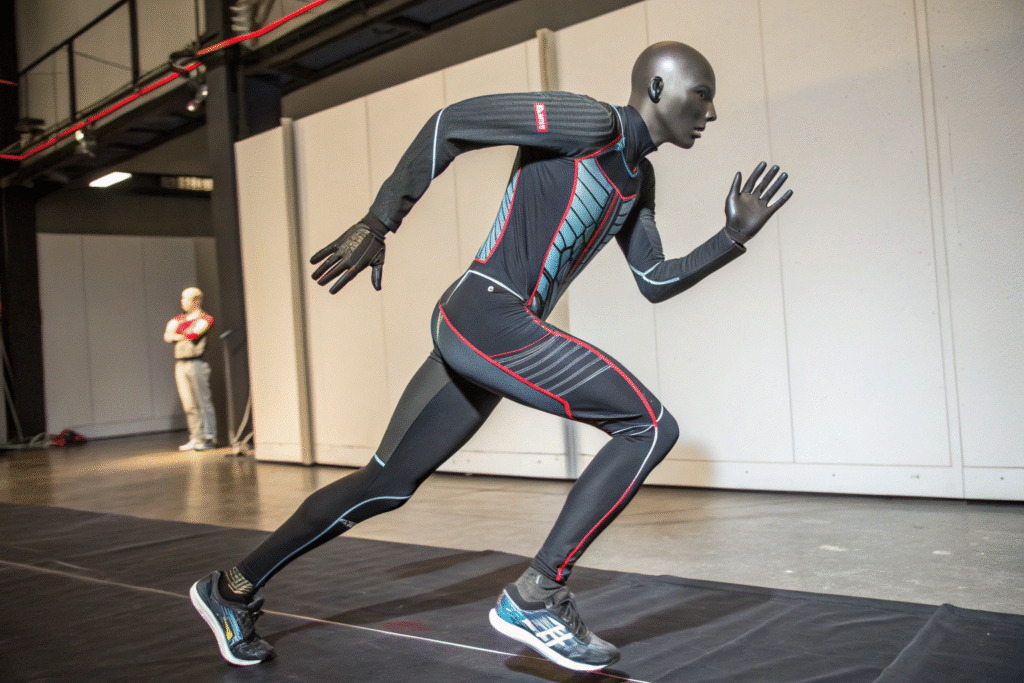
Why Are Knitted Structures Better for Skin-Contact Haptics?
Knits naturally stretch and contour to the body, providing better tactile coupling between the actuator and the skin. Interlock knits and spacer fabrics are commonly used in gloves, shirts, and compression bands.
Check out Eeonyx’s e-textile knits or Textronics’ stretch sensors for wearable applications that require signal consistency during movement.
Can Elastomer-Coated Fabrics Improve Device Fit?
Yes. Elastomer coatings (like polyurethane or silicone-based finishes) offer moisture resistance, increased elasticity, and durable stretch recovery, ideal for wearables used in sports or healthcare.
Brands like StretchSense integrate these coatings with fiber-optic sensing for motion feedback. Also, Nanotex® provides hydrophobic performance with flexible finishes for stretchable techwear.
Which Fabrics Withstand Repeated Vibration and Washing?
The key to long-term wearable success is durability. Many conductive fabrics lose functionality after 10+ wash cycles or repetitive actuator use.
Durable haptic fabrics must resist abrasion, moisture, and mechanical fatigue—making them suitable for real-world, long-term usage.
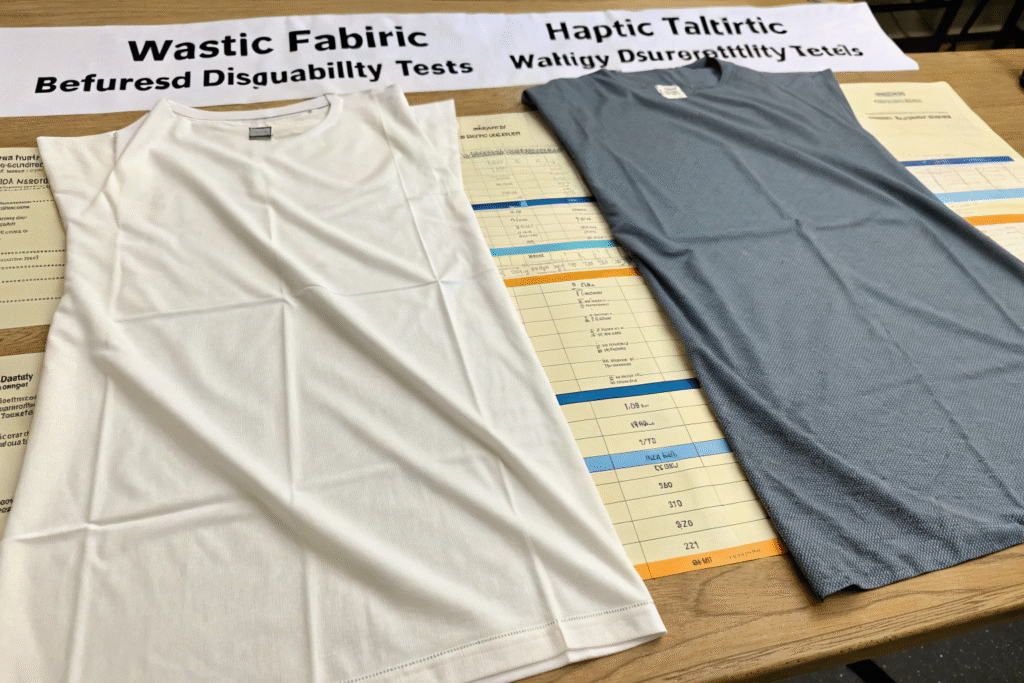
What Test Standards Apply to Haptic Fabric Durability?
Testing standards such as AATCC 135 (wash durability) and ISO 12947 (abrasion resistance) are widely used. These tests determine whether the fabric maintains conductivity and mechanical integrity over time.
You can refer to AATCC's test methods or Intertek’s textile performance services to ensure your fabric meets the necessary benchmarks.
Are There Any Coatings That Help Retain Conductivity After Washing?
Yes, encapsulation layers using TPU or PU membranes can protect conductive paths from moisture and detergent. These coatings are thin, breathable, and allow for flexible circuit protection.
Advanced materials from Bemis Associates and DowSil’s silicone encapsulants are popular in performance sportswear with integrated haptics.
What Are Emerging Fabrics in Haptic Research and Prototypes?
While the market already has commercial-ready options, researchers are now exploring next-gen fabrics that can do more—such as changing stiffness, emitting localized feedback, or responding to gestures.
The future lies in hybrid fabrics—blending piezoelectric fibers, hydrogel sensors, and machine-learning actuated haptic zones.
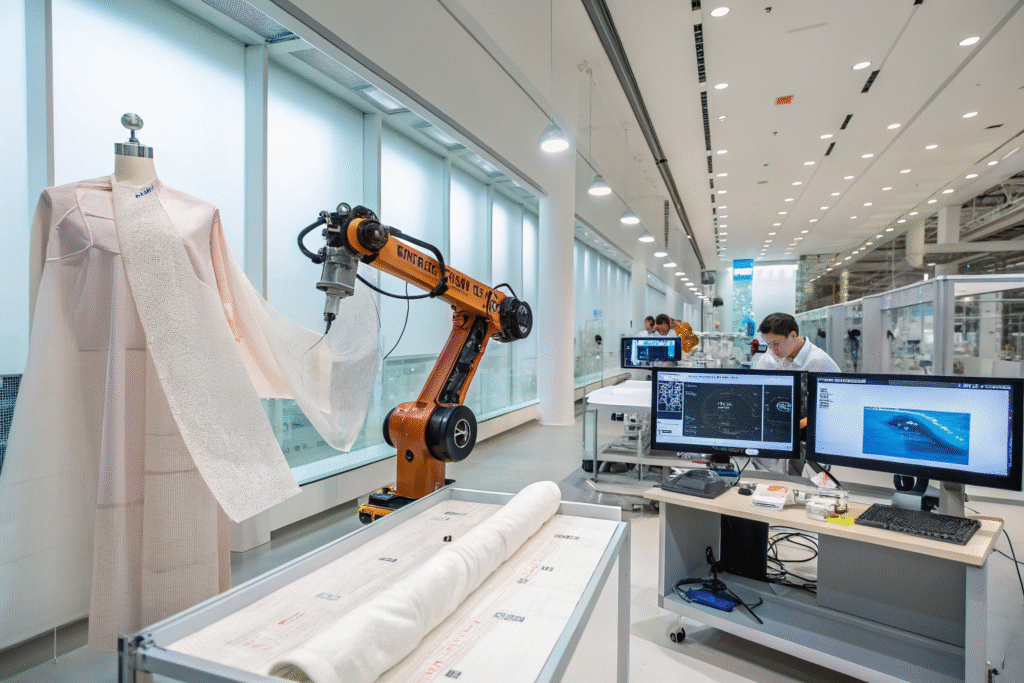
What Role Does Piezoelectric Fiber Play in Future Haptics?
Piezoelectric materials generate electric signals under stress and can also deform under voltage—allowing fabrics to both sense and actuate.
Innovators like PiezoTex™ and MIT Media Lab are developing piezo-fabric interfaces that respond to body pressure or posture changes in real time.
Are AI-Powered Feedback Systems Changing Fabric Requirements?
Absolutely. AI models now optimize when and where to deliver feedback based on biometric patterns. This requires fabrics to be highly responsive and zoned, supporting localized vibration or pulse.
Check out Wearable Robotics Lab or EIT Smart Textiles for examples of real-time fabric response systems driven by haptics + AI.
Conclusion
Choosing the right fabric for haptic feedback wearables is a delicate balance between electrical conductivity, flexibility, comfort, and long-term durability. From silver-coated nylon to AI-responsive smart textiles, innovation in this field is moving fast—but the key remains practical sourcing and reliable lab performance.
At Fumao Fabric, we stay ahead by working with leading textile researchers and sourcing partners to develop wearable-grade fabrics for global buyers. Whether you're building a new line of smart gloves, vests, or posture belts, we can assist with custom sampling, durability testing, and ISO-standardized production. For collaboration, reach out to our Business Director Elaine at elaine@fumaoclothing.com—let’s bring haptic textiles to life.

